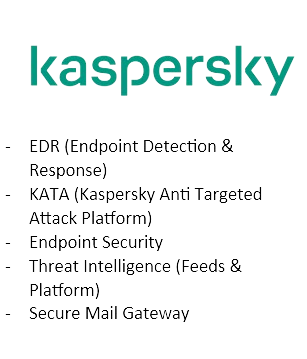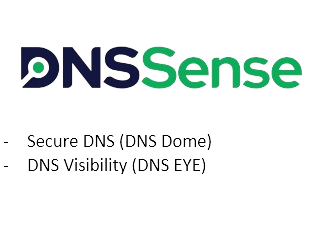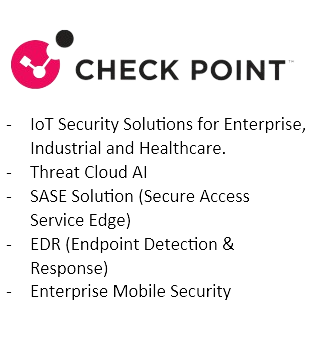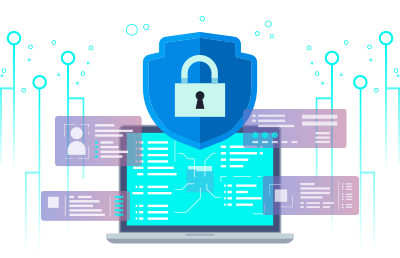
In simple terms, cyber security is the practice of protecting internet-connected systems and networks from digital attacks. … Network security is a subset of cyber security which protects the integrity of your network and network-accessible resources from unauthorized access.
The Different Types of Cyber Security………
• Cloud Security. Cloud-based data storage has become a popular option over the last decade due to its enhanced privacy.
• Network Security. Guard your internal network against outside threats with increased network security.
• Application Data Security.
Types of Network Security Protections
• Firewall. Firewalls control incoming and outgoing traffic on networks, with predetermined security rules
• Network Segmentation
• Remote Access VPN
• Email Security
• Data Loss Prevention (DLP)
• Intrusion Prevention Systems (IPS)
• Sandboxing
• Hyperscale Network Security.
Network security typically consists of three different controls: physical, technical and administrative.
The primary goal of network security are Confidentiality, Integrity, and Availability. These three pillars of Network Security are often represented as CIA triangle. The far most common form of software network security components are antivirus applications…….
A good network security system helps business reduce the risk of falling victim of data theft and sabotage. Network security helps protect your workstations from harmful spyware. It also ensures that shared data is kept secure. … Huge traffic can cause stability problems and may lead to vulnerabilities in the system.

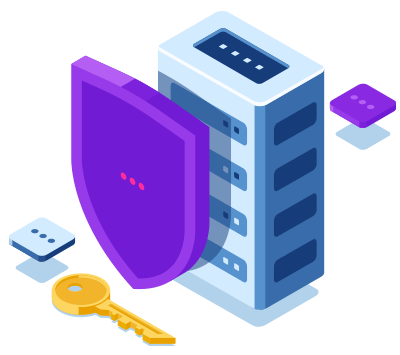
The biggest cyber security threats that small businesses face, and how you can protect yourself against them.
• Phishing Attacks.
• Malware Attacks.
• Ransomware.
• Weak Passwords.
• Insider Threats.
Working from home poses new cybersecurity risks and is one of the most talked-about new trends in cyber security. Home offices are often less protected than centralized offices, which tend to have more secure firewalls, routers, and access management run by IT security teams.
In this new era of cyber-threats, human security teams are being outpaced. We now need machines to think for themselves and react to fast-moving attacks, on our behalf. This autonomous decision-making gives humans precious time to catch up with fast-moving incidents, and focus on higher-value, strategic work.
We bring our AI to your data
In stark contrast to other AI approaches, which require data to be cleansed, labelled, and moved to a centralized repository, we bring the AI to your data, wherever it lives, whether it’s in the cloud and email systems, across Operational Technologies or traditional networks and infrastructure.
Identifies latent threats already inside your systems
Self-Learning AI autonomously clusters users and devices into groups based on its understanding of how each of these entities behaves. The technology we can offer combines a number of different clustering methods, including matrix-based clustering, density-based clustering, and hierarchical clustering techniques.
Thrives in complexity
While other approaches struggle to analyze vast quantities of data – often processed and stored in a variety of ways – the complexity of modern hybrid and multi-cloud environments is an advantage for Self-Learning AI. The technology thrives in complexity, with more users, devices, and environments simply adding extra insights and depth to its analysis.
Rather than centralizing data and alerts or relying on retrospective detection methods as a SIEM does, we offers intelligent, automatic threat detection and response, powered by self-learning AI that can catch every threat – from stealthy insiders to zero-day malware.
With a long experience in the Saudi market. In regard to the Cybersecurity portfolio we are a VAD for the following vendors:

